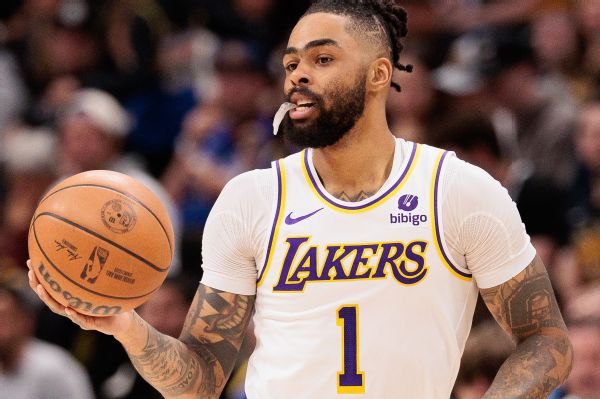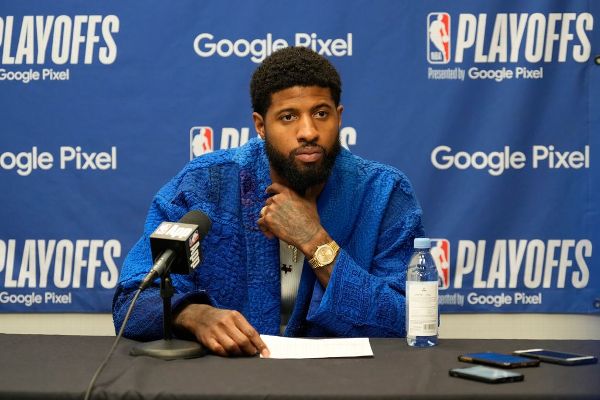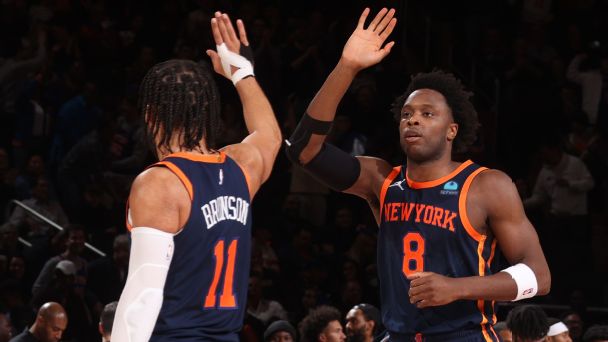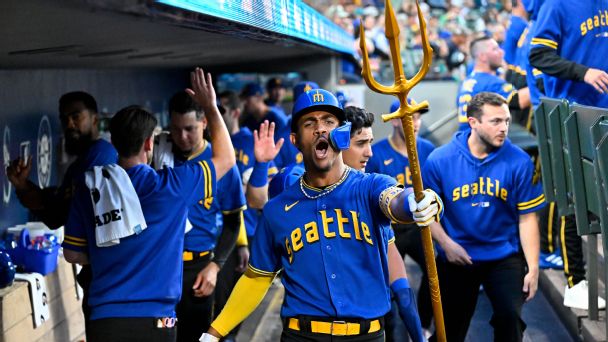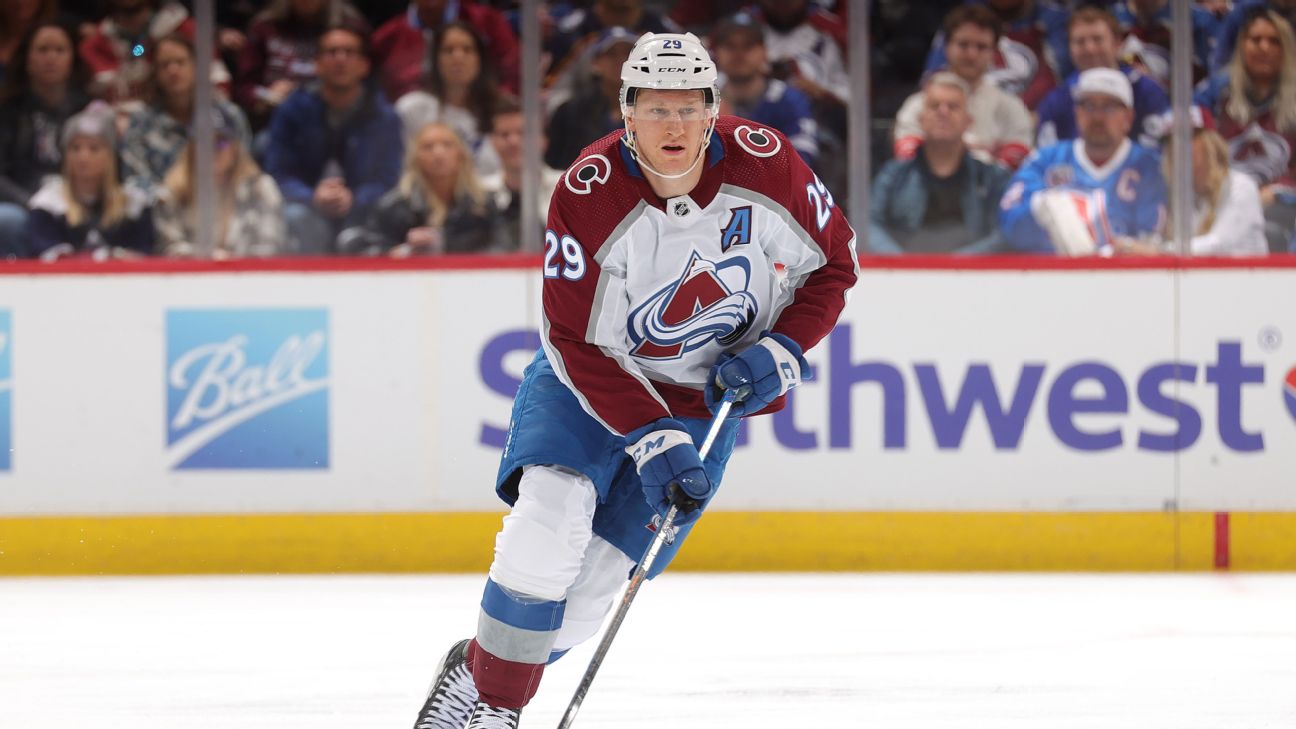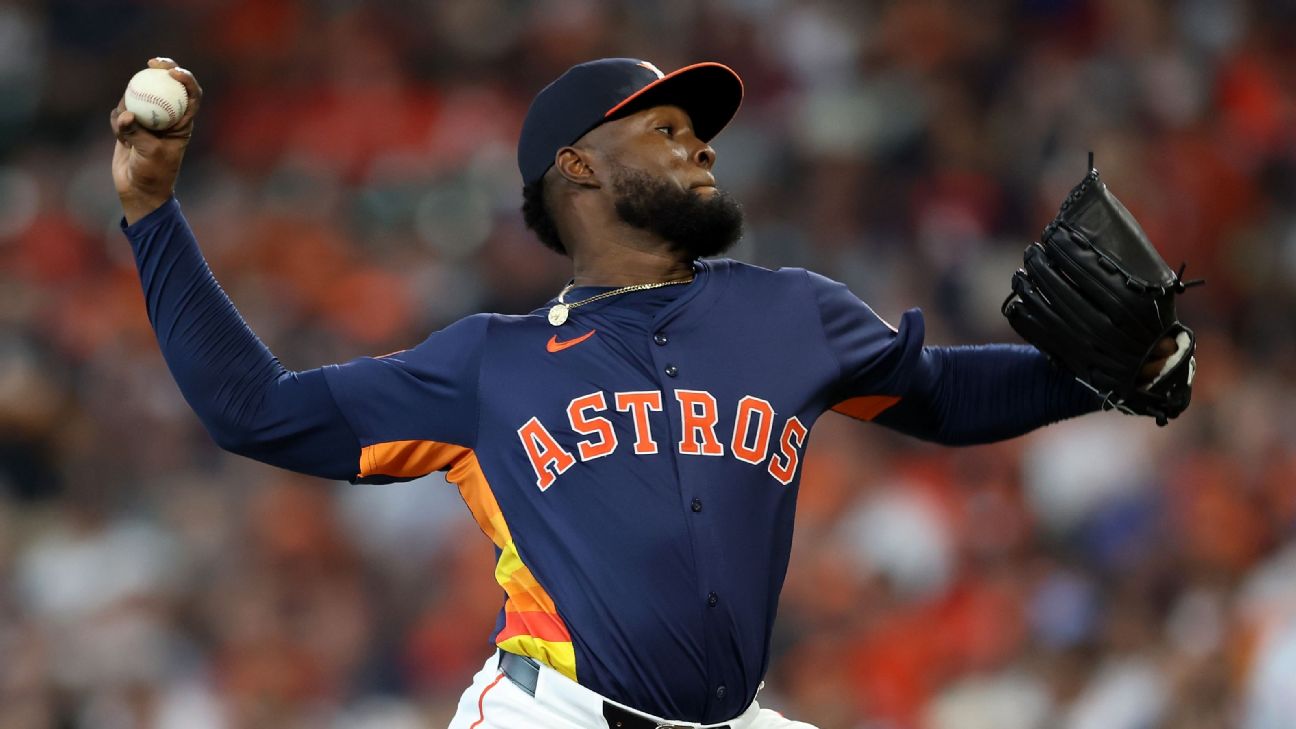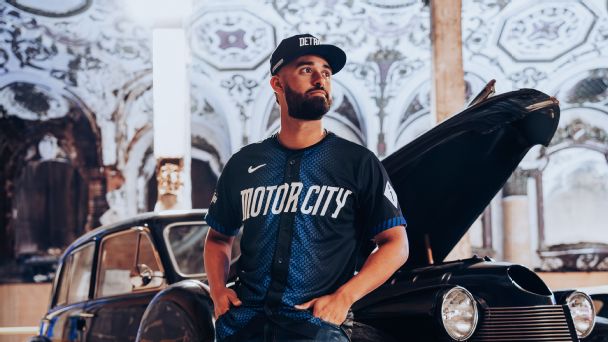![12-JJ-McCarthy_02 [1296x729]](https://a.espncdn.com/photo/2024/0422/r1322761_1296x729_16-9.jpg)
Life after UFC 301 Aldo s return deep divisions and Makhachev-Poirier
We'll find out who won the draft day trades in three or four years, they say. Nonsense!
NFL general managers don't have the benefit of hindsight when it comes to making trades -- why should we when evaluating those trades? We're grading these draft day deals immediately, based on the information available -- just like the teams are doing.
To evaluate these deals, we'll be relying heavily on our Approximate Value-based draft pick value calculations, along with important factors such as positional value, salary cap implications, veteran impact and short- and long-term team outlook.
Trades during the draft can be enormously consequential and can set the direction for a franchise for years to come, so don't sleep on the importance of faring well here.
We'll update this page with deals as they come in throughout the draft.
NFL draft coverage: NFL draft trade tracker
Vikings trade four picks to Jaguars to move from No. 23 to 17Vikings get: The Jaguars' first-rounder (No. 17) Jaguars get: The Vikings' first-rounder (No. 23) and fifth-rounder (No. 157) along with third- and fourth-round picks in 2025
Vikings' grade: D+ Jets' grade: A
If we assume future picks are in the middle of the round and apply a 10% discount, Minnesota surrendered an early second-round pick of extra value to select Alabama edge Dallas Turner. That's bad! By my count, out of 93 first-round non-QB trades since 2004, this is the ninth-most-expensive trade-up according to ESPN draft pick valuations, despite it occurring in the middle of the round. And that's probably generous because the Vikings have a rookie QB -- which means there's a decent chance they are drafting at the beginning of rounds next year. And they shouldn't be advancing draft picks in time because they aren't Super Bowl contenders right now!
Minnesota has left itself with only a first-round pick and two fifth-round picks in 2025. That is in part because they already traded up this year to get up to No. 23 in a deal with the Texans last month. That trade was also a loss.
If we combine the two trades -- because they resulted in one player -- the surplus value surrendered by the Vikings jumps to a mid-first-round pick. In other words: They spent two mid-first-round picks on Turner. If we combine the lost value from the two trades, Minnesota made the third-most-expensive trade up of the past 20 years, behind only the Julio Jones and Will Anderson Jr. deals (this is slightly unfair because, presumably, the Vikings originally moved up to No. 23 in an attempt to move up further for a QB. But still, they made the first trade and it lost value, too).
The only saving grace here is that Turner was expected to go higher and fell -- and, as of this writing, seemingly for no other reason than circumstance (as opposed to previously unknown injury concerns or red flags). That helps a little, but it in no way justifies the price Minnesota paid to acquire him. It's simply too much to invest in a single non-quarterback.
For the Jaguars, this is just a clear and easy victory. Evaluation overconfidence has long plagued teams in the NFL draft, causing them to overpay in trades. By being a willing trade-down partner -- as they were last year -- Jacksonville is again able to reap the rewards.
Vikings, Jets flip spots at Nos. 10 and 11Vikings get: The Jets' first-rounder (No. 10) and sixth-rounder (No. 203) Jets get: The Vikings' first-rounder (No. 11), fourth-rounder (No. 129) and fifth-rounder (No. 157)
Vikings' grade: B+ Jets' grade: B+
This is when it makes sense to trade up. A small move to land a sliding quarterback when you're a QB-needy team with other QB-needy teams sitting right behind you. The Vikings just altered the course of their franchise for, relative to other quarterback trade-ups, a cheap price.
The Vikings paid an extra fourth-round pick's worth of value to move up the one spot, according to ESPN's draft pick valuations. But we can't judge trade-ups for quarterbacks on the same scale as everything else: The upside of a QB hitting is like no other position -- it makes sense to pay more for it.
There was also a pretty clear tier drop after J.J. McCarthy, and if Minnesota had not drafted a quarterback, it would have been stuck with Sam Darnold as its starter. While some have optimism about Darnold, count me out of that group. He has yet to be effective in six seasons -- I'm not banking on him figuring things out in Year 7. The Vikings needed another quarterback.
If anything, Minnesota deserves praise for letting McCarthy fall to 10. While speculation was rampant the Vikings would need to move up to possibly as high as No. 4 for McCarthy, the Vikings' discipline -- and perhaps an accurate reading of the QB landscape -- paid off. While there's some chance that Minnesota lost a fourth-round pick for nothing if the Jets were going to make a non-quarterback selection at No. 10, the threat from others was real: The Broncos -- who drafted Bo Nix two spots later -- and Raiders easily could have also made a deal with New York. This was a worthwhile insurance policy.
For the Jets, it's free money. They were able to select the player they wanted anyway -- Penn State tackle Olumuyiwa Fashanu -- with an extra fourth-rounder's worth of value.


